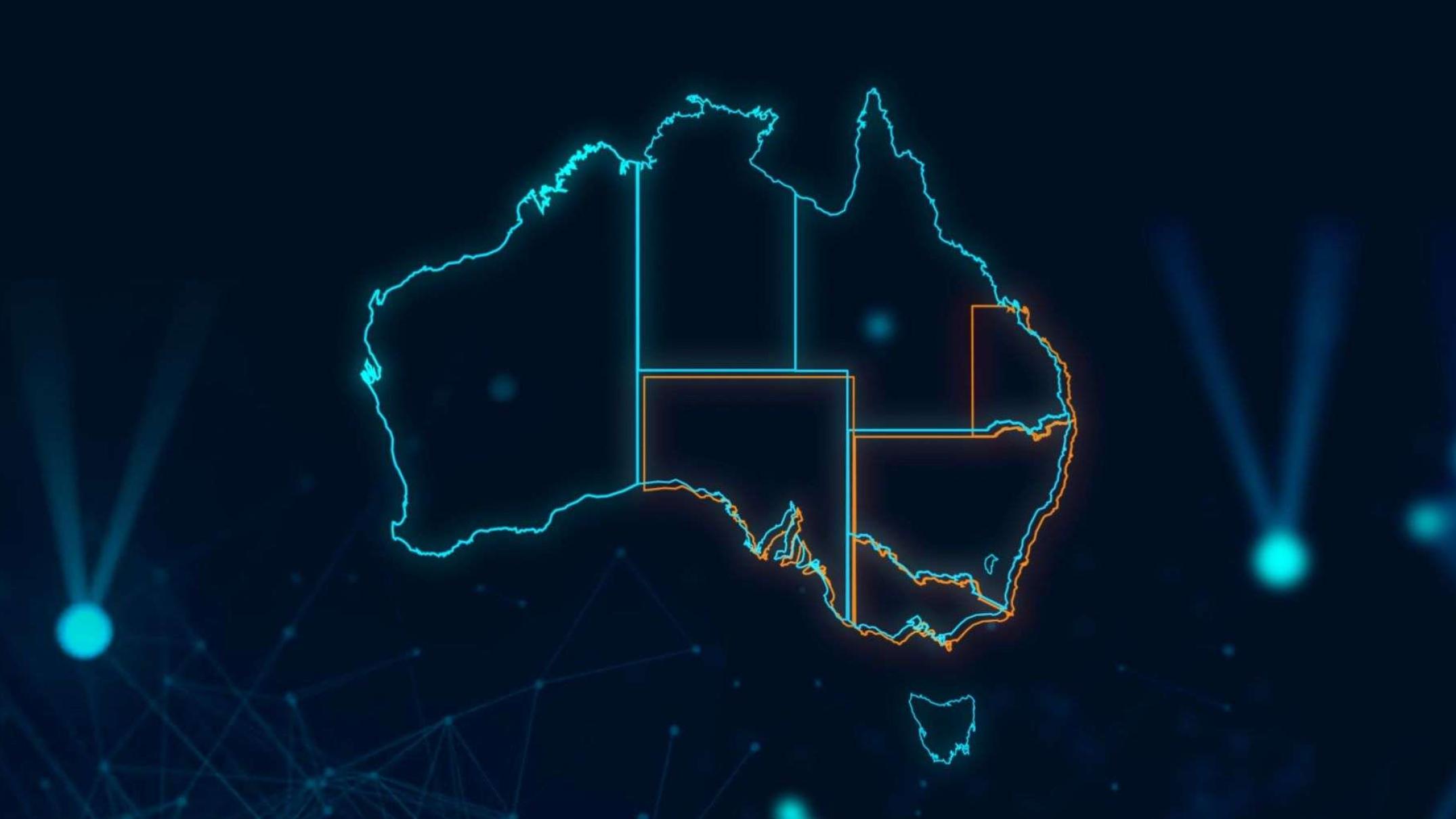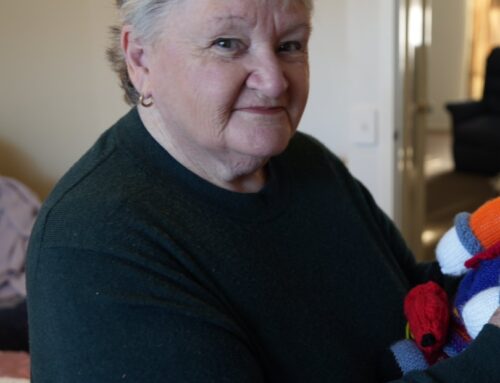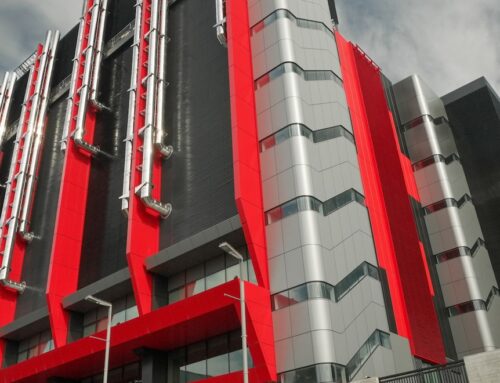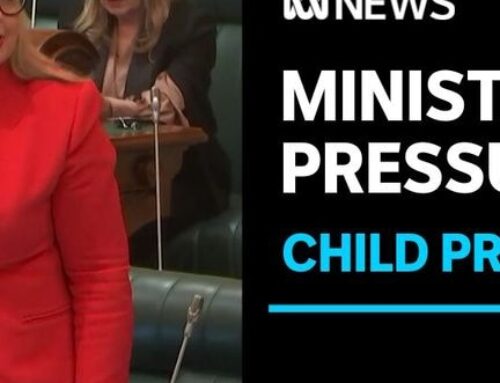The price of electricity is falling, but households are missing out on $500 million in savings by failing to switch to a cheaper deals, new analysis shows.
Key points:
- South Australians can save up to $200 a year by seeking out the best power prices
- Consumers should check Government website Energy Made Easy to compare energy prices
- Moves are being made to simplify energy bills, to help customers understand what they’re paying
St Vincent de Paul Society examined household bills in Victoria, NSW, Queensland and South Australia and found they were paying up to $200 a year too much for their electricity — despite the fact energy prices are falling.
Gavin Dufty, manager of policy and research at St Vincent de Paul Society, said up to six million Australians in those states were still on more expensive contracts than they needed to be, having failed to shop around after prices started falling around the middle of 2020.
He said the wholesale cost of electricity was going down because more renewable generation has come on line.
“Wholesale prices have come down significantly and there’s also been changes to poles and wires prices,” Mr Dufty told the ABC.
“That’s washed through the electricity market, but we’re really concerned that people haven’t gone out there and refreshed their electricity accounts so those savings end up in people’s pockets and not the pockets of the big multi-nationals.”
Mr Dufty said many people were still on electricity contracts that ticked over automatically, which didn’t incorporate price falls.
“When you start to get price falls, [retailers] don’t quickly come back to you and say ‘here’s all these savings you can have’, they like to let you sweat a little bit because that’s more money for them.
“So we’re really encouraging households to get on the phone, get on the internet … and make sure you get part of that $500 million.”
Australian Energy Council CEO Sarah McNamara said she continued to recommend consumers go on government websites to compare electricity deals, or to contact their retailer.
“In Victoria, retailers notify their customers on their bill if they have a cheaper deal available,” Ms McNamara said.
“For customers in other states, retailers continually encourage customers to engage in the market and seek out deals that suit them.
“If your contract expires, your retailer will notify you in advance of the change, and provide an opportunity to seek out a cheaper deal.
“The regulations do not allow retailers to proactively move customers onto new energy deals, even if they are cheaper.
“Call your retailer and make sure you are on their cheapest deal.”
The biggest savings per household are in South Australia, Victoria
South Australian consumers can save $200 a year immediately by seeking out the best deal, according to Mr Dufty.
Victorians can save up to $190, people in South-East Queensland can save $130, while New South Wales customers can save $100 a year.
Western Australia and the Northern Territory aren’t in the National Energy Market, while the ACT and Tasmania are still largely regulated so were not included in the analysis.
The two best websites to check whether you could get a better deal, are Energy Made Easy and Victorian Energy Compare, which is Victoria-specific site because of the state’s smart metres.
Mr Dufty said it was frustrating to see people weren’t taking advantage of falling prices.
“Life is complicated, we’re in a world of COVID, whatever that new normal is, we’ve just had Christmas holidays and back to school would be occupying many people,” he said.
“And you do need to find the time to set aside 20 minutes or 30 minutes to get those savings.”
He said this meant savings were being pocketed by big electricity companies.
Default Market Offer likely to fall further
The St Vincent de Paul analysis looks at the average cost of competitive market offers put out there by retailers, and how much they’ve fallen in line with the cost of electricity going down.
The vast majority of households are on competitive offers.
But you might have also heard about a Default Market Offer (DMO) .
In 2019, when consumers were suffering with expensive household bills, the Federal Government introduced the DMO.
It sets a default price for electricity that you’ll pay if you’ve never called your retailer to get a better deal.
It also acts as a reference price to make it easier for consumers to compare energy deals between retailers.
The Australian Energy Regulator (AER) has today called for feedback on its draft DMO for the next financial year (2021-22).
The AER describes the DMO as a “safety net” for those who don’t or can’t shop around.
It shows the DMO could fall by up to 8 per cent for residential customers, depending on where they live.
But AER Chair Clare Savage is quick to point out the DMO is far from the best offer on the market.
“It’s not designed to be the most competitive deal,” Ms Savage said.
“Most retailers have cheaper energy deals on offer, so shopping around remains the best way to get the best price.”
The Federal Energy Minister Angus Taylor said since the DMO was introduced, households had saved hundreds of dollars on their electricity bills.
“This year’s price drops are on top of the previous cuts to standing offer prices that were achieved when the Default Market Offer first came into force in 2019,” he said.
Gavin Dufty from St Vincent de Paul Society said very few people remained on the DMO, but that it provided a good insight into future price trends.
“Really the message is that you need to engage to get the savings in your pocket.”
In December, the AEMC released a detailed report on the price of electricity bills over four years, which it expects to trend down.
It said three key drivers of household bills are all decreasing — the wholesale cost of energy, network costs and environmental costs.
Mr Dufty said the price of electricity was currently in a “sweet spot”.
“Some future modelling that I’ve seen is that we’ll probably see some further wholesale declines as new renewables get put in,” he said.
“After that, you’re probably going to see that there will be infrastructure costs, more transmission lines will be needed in renewable energy zones, so while wholesale might start to fall, other costs will start to go up as we build more infrastructure.
“Hopefully overall, we’ll keep paying lower prices.
“Make hay while the sun is shining, and right now the sun is shining.”
Bills should get easier to read
It’s generally agreed within the energy sector that many consumers still find the language and terminology of bills confusing.
Last year, Federal Energy Minister Angus Taylor put forward a proposal to simplify bills to the Australian Energy Market Commission (AEMC).
It made a draft determination giving the green light to Mr Taylor’s proposal, but the process is likely to take 12 to 18 months.
The Australian Energy Council, which represents retailers, said it supported moves to simplify bills.
“Retailers are currently required to include 25 pieces of information on customer bills, which can make them complex for customers to understand,” the council’s CEO Sarah McNamara said.
“We supported the AEMC trying to better understand how customers use their bill, and what information is most useful to them when they are reading it.
“Most retailers offer mobile apps and digital solutions that can provide tailored advice to customers about their energy usage.”
Mr Dufty said there were differing views on changing bills, but overall things were still too confusing for consumers.
“Some people are saying it’s nice to have your daily emissions [on your bill], others are saying ‘can we just keep it simple, it should give you the details of what it costs and what you have to pay’.”
The Australian Energy Market Commission (AEMC) has been taking submissions on bill changes, and will publish a final determination in March.
“The proposed draft rule will provide 12 months for the AER to develop the billing guideline and specific requirements,” a spokeswoman told the ABC.
“Once the guideline is published, the new rule will be in place and retailers will have a transitional period to comply with the guideline.”





